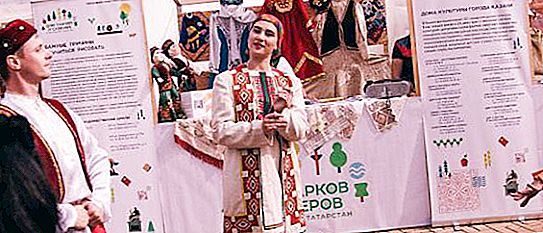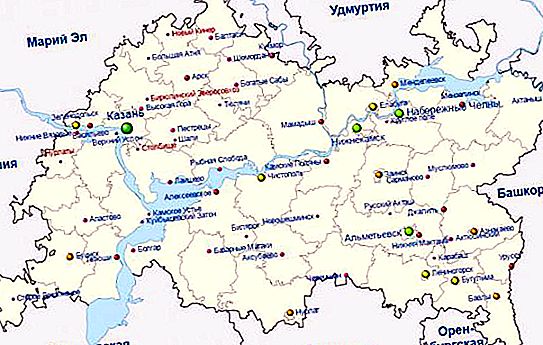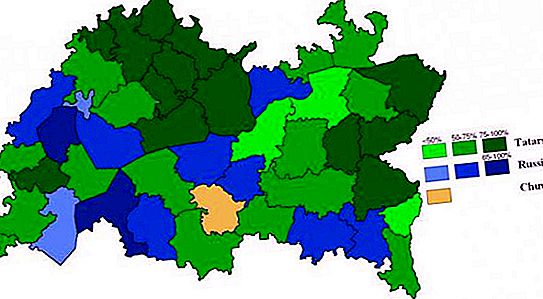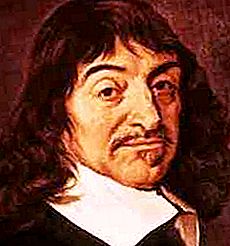The Republic of Tatarstan ranks eighth in terms of population among other subjects and regions of the Russian Federation, behind Moscow and the Moscow Region, Krasnodar Territory, St. Petersburg, Sverdlovsk and Rostov Regions, as well as the Republic of Bashkortostan. The population of Tatarstan is notable for its diverse ethnic composition, a fairly high number of urban residents even in comparison with the national average and positive growth dynamics over the past ten years.
Tatarstan population dynamics
The first statistics on the population of the republic began to be collected in 1926, six years after the formation of the Tatar Autonomy as part of the Soviet Union. The population of the Republic of Tatarstan was then just over two and a half million inhabitants.

Since the establishment of Soviet power, the dynamics of numbers has been positive. Even in the difficult 1990s, the population of Tatarstan grew annually by at least ten to twenty thousand people. A record annual increase in the 90s was recorded in 1993 (compared with the previous period) and amounted to 27 thousand people.
Growth slowed down in 2001. The negative trend continued until 2007. It is likely that the decline in fertility and the simultaneous increase in mortality were mainly associated with the general demographic crisis in the Russian Federation. The reasons for this phenomenon are:
- poor quality of medical care;
- high level of violence, unfavorable criminal situation;
- alcoholization of the population;
- poor environmental conditions in the country;
- non-proliferation of healthy lifestyle ideas;
- generally low standard of living.
At the beginning of 2017, the population of Tatarstan totals three million and almost nine hundred thousand people. This is 18 thousand more than in the previous year, and 31 thousand than according to the 2015 census.

Localities by population
It is expected that Kazan is the leader in numbers. There live 31% of all residents of the region (1.2 million people). The population of the Republic of Tatarstan by city further distributes the settlements in this order:
- Naberezhnye Chelny (13% of the population).
- Nizhnekamsk (6%).
- Almetyevsk (almost 4%).
- Zelenodolsk (2.5%).
This is followed by Bugulma, Elabuga, Leninogorsk, Chistopol and other cities of the republic.
Below is a map with city symbols, commensurate with the percentage of the number of residents of the municipality in comparison with other settlements of the republic.

The number of urban residents in Tatarstan is 76%, which indicates a high level of urbanization in the region.
National composition of inhabitants
The population of Tatarstan is characterized by significant national diversity. The main ethnic group is the Tatars (53% of the population), followed by the Russian population (almost 40% of the republic’s population). Other groups are represented by the Chuvash, Udmurts, Mordovians, Ukrainians, Maris, Bashkirs and many other nationalities and ethnic entities. A total of 7% of the republic’s residents indicated a different nationality during the census than Tatars or Russians.
The number of the indigenous people of the republic, by the way, is gradually increasing. If in 1926 the Tatars made up 48.7% of the population, then by 2002 the figure had increased by 4.2%. The share of Russians, respectively, is decreasing: from 43% in 1926 to 39.5-39.7% in 2002-2010. The Tatars form the majority in 32 of the 43 settlements of the republic, while the Russians constitute 10. The Chuvashs constitute the largest population group in another municipality.





